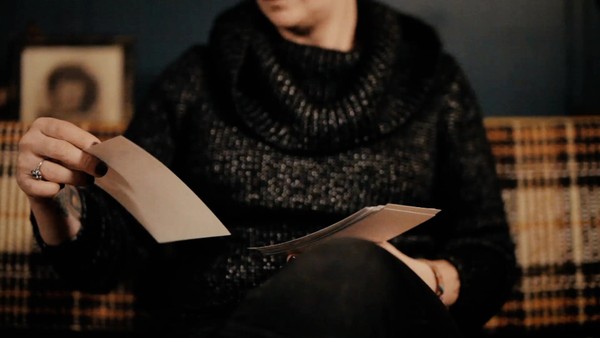Cannes Lions
Tackle Can Wait
FINGERPAINT, Saratoga Springs / CONCUSSION LEGACY FOUNDATION / 2020


Overview
Entries
Credits
OVERVIEW
Background
Playing contact sports, especially football, often results in repeated hits. Each one causes brain trauma, even if it doesn’t cause a concussion. And these repetitive hits add up to long-term risk for the debilitating, deadly brain disease chronic traumatic encephalopathy (CTE). This is especially concerning for young people because the earlier they start playing tackle football, the longer they will experience repetitive hits, which increases their risk for CTE. Fingerpaint employee Angela Harrison lost her father to CTE and reached out to the Concussion Legacy Foundation to work together to develop a pro bono campaign that would highlight the dangers of youth tackle football by comparing the risks to that of smoking cigarettes, noting over time a child’s risk of developing CTE from tackle may add up faster than a smoker’s risk of developing lung cancer.
Idea
Scalability:
This campaign grew from one small idea to an undeniable force for change.
Strategy
The Tackle Can Wait campaign illustrated, in vivid fashion, the dangers of kids playing youth tackle football. The campaign was created based off the findings of a study published in the Annals of Neurology medical journal, which was conducted at Boston University in collaboration with the Concussion Legacy Foundation and concluded that the risk and severity of developing chronic traumatic encephalopathy (CTE) increases with the number of years playing tackle football. Targeting parents and coaches of youth tackle football and leveraging both the report and the PSA, the narrative to the press was parents and coaches are allowing kids to take irreversible risks with their brains and need to wait until age 14 to allow kids to play tackle football.
Execution
Implementation:
The website and creative spot launched the day the clinical study was published in the Annals of Neurology. From there, the team executed a local and national news blitz that included live national interviews. Additionally, the Associated Press syndicated the PSA on local channels nationwide, and it aired on broadcast and connected TV.
Media Outputs:
The PSA was picked up by the AP for nationwide local coverage and every major national news network; covered extensively in print, television, online, and news media; featured in:
The NY Times, Washington Post, USA Today, and other major newspapers
ABC, NBC, CBS, FOX; creative director gave a live, national interview on HLN
Network shows like “The Doctors”
Parenting blogs, including ScaryMommy.com
Timeline:
Day 1 launch with immediate media coverage
Placement:
Both paid and organic placement on web and broadcast plus nationwide news outlets
Scale:
Scaled to become nationwide campaign for broadcast and digital
Outcome
Reach:
More than 100 local TV news stations featured the PSA on morning and evening show segments, and most ran full packaged stories on the issue
Engagement:
Q4 website traffic increased 44% compared to the previous year, a record high for CLF
Nearly 77,000 visits from launch through mid-February 2020
Almost 4 million digital impressions
The PSA became by far the most watched video ever on CLF channels, earning 50% more views than the previous most watched video
Impact:
Total donations in the quarter after the PSA was released (Q4) were up 37% compared to the previous year
Sales:
Fundraising increased by 32% over the previous year:
Average donations in the month after the PSA was released were up 52% compared to the previous year
Achievement against business target:
Donations went up while enrollment in youth tackle football continued to go down.